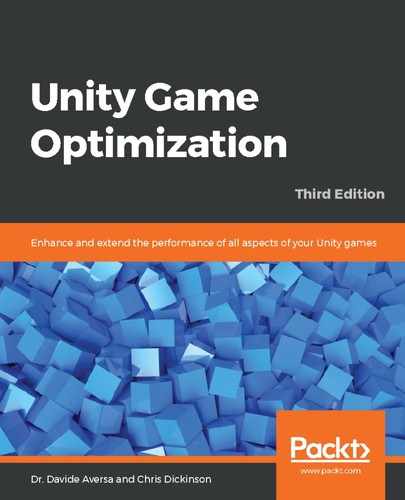Two whole new entertainment mediums have entered the world stage in the forms of virtual reality (VR), where users are transported into a virtual space through the use of a head-mounted device (HMD), and augmented reality (AR), where virtual elements are superimposed on top of a display showing the real world. For the sake of brevity, these two terms are often combined into the singular term – extended reality (XR). There is also Mixed Reality (MR) (also known as Hybrid Reality (HR)), where an application mixes the real and virtual worlds together; this encompasses all of the previously mentioned formats, while also including AR, where real-world objects are scanned and superimposed inside a mostly virtual world.
The markets for these media formats have sprung up very fast and are continuing to grow rapidly, with huge investments from the technology industry's biggest players. Naturally, game engines such as Unity jumped on the bandwagon quickly, providing ample support for most of the top contending platforms, such as Google's Cardboard, HTC's VIVE, Oculus Rift, Microsoft's HoloLens, and Samsung's Gear VR platforms, as well as the more recent entries, such as Apple's ARKit, Google's ARCore, Microsoft's Windows Mixed Reality platform, PTC's (originally Qualcomm's) Vuforia, and Sony's PlayStation VR.
